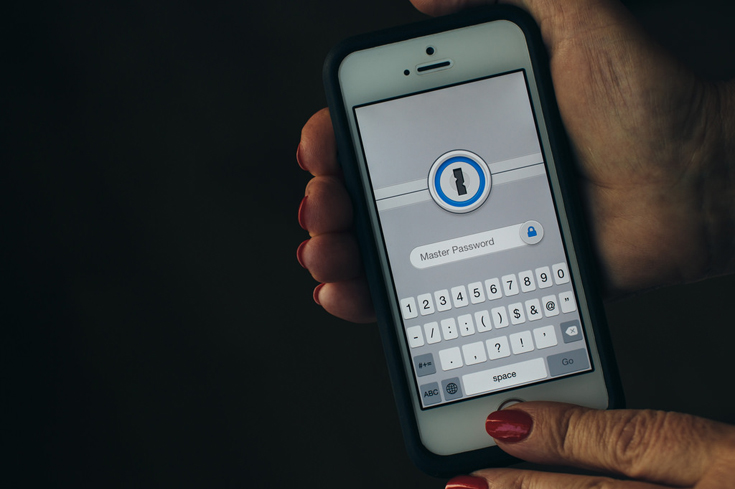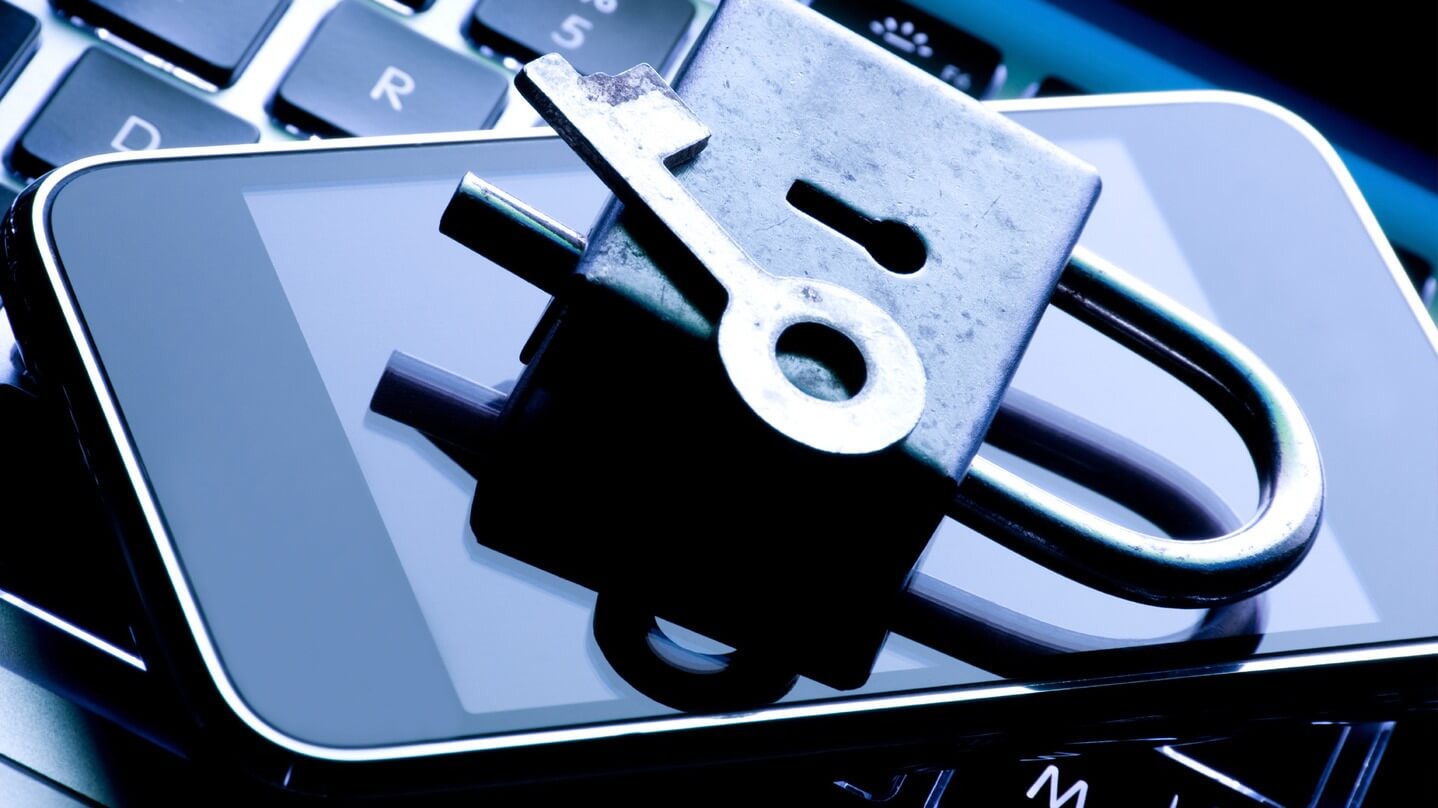How to Protect Yourself from Cyber Attacks, Identity Theft, and Viruses

As the recent WannaCrypt malware attack shows, cyber-attacks represent a real and continuous threat to anyone with a computer connection. The attack spread quickly and caused massive disruptions worldwide, serving as a potent reminder that it’s always best to keep your guard up when it comes to protecting yourself online. To help ensure that you’re prepared in advance for the next large scale cyber-attack (and make no mistake, it isn’t a matter of “if” so much as “when”), follow these tips. They can help protect you from cyber-attack, identity theft, viruses, and other online threats.
1. Use a Strong Password
There are a number of ways to protect yourself against cyber-attacks (many of which are discussed in further detail below), but one of the simplest and most effective methods is using a strong, unique password for all your online accounts. A strong password will stop amateur hackers in their tracks, and can even fend off advanced attacks from sophisticated hacking software programs. When creating a password, use a unique and complex combination of letters and numbers, in both upper and lower case. Avoid birthdays, names, and simple words. Instead, consider a mnemonic password, or passphrase instead.

Photo credit: Ervins Strauhmanis via Visual Hunt / CC BY
2. Beware of Phishing Scams
Phishing is the practice of using email messages which appear legitimate to gain access to a person’s personal information. This may include passwords, account credentials, social security information, banking information, or other sensitive info. Typically, phishing emails pass themselves off as notices for services you’re already familiar with. These emails will often request that you update or confirm your profile information, which is how the hackers gain access to your private info. To avoid becoming the victim of a phishing scam yourself, be wary of any email that looks suspicious; as a matter of habit, never open attachments or click on links in emails; and stay abreast of the latest online scams.
3. Install Anti-Virus Software and Firewalls
As a first line of defense against malware, it is highly recommended that you install anti-virus software. Companies like Norton and McAfee offer affordable solutions that will hold up to common attacks, and they install in minutes. And don’t forget to install anti-virus software on your mobile devices as well; increasingly, our smartphones and tablets are becoming a target for hackers. A strong firewall can safeguard you against viruses, malware, spyware, and other harmful methods commonly used by cybercriminals.
4. Update and Reset Devices Regularly
Keeping browsers and operating systems up to date is an effective way of safeguarding your devices against malware. Why? Because out-of-date systems are typically more vulnerable to cyberattacks; in fact, the WannaCrypt malware attack took advantage of just such a weakness. Make sure that your operating systems and browsers are updated regularly, either by updating them yourself manually, or enabling automatic updates. As for resetting an iPhone or other mobile device, the process is often easier than you might think, and can help bring an affected device back to life.

5. Protect Your Personal Information
To protect against identity theft, consider what information you make available online, as anything that you share may fall into the wrong hands. Needless to say, it pays to be discreet. Remember, social media accounts have privacy settings; it’s a good idea to use these settings if you’re concerned with identity theft. When you keep information private, you greatly reduce your risk of becoming a victim of identity theft.
6. Never Download Unknown Files
Viruses are often found embedded within email attachments and downloadable Internet files. If you want to mitigate the risk of viruses, there is a simple yet effective solution: don’t download unknown files! Of course, in some cases, standard text links will open-up downloadable files without you realizing it. To avoid this, review links in advance and avoid risky websites. Which brings us to our next tip…

7. Steer Clear of Questionable Domains
It’s a good idea to avoid questionable domains altogether. If you find yourself down an Internet “back alley,” simply close your browser. You can always reopen it to start over. After all, why risk the potential for malware? Perhaps not surprisingly, when it comes to questionable domains, it’s better to be safe than sorry. If for some reason you are determined to access content on a domain that you think might be suspicious, you can research the domain for a history of threats using tools like Scanurl.
8. Avoid Public Wi-Fi Networks
Finally, avoid accessing personal information – including banking information – on unsecured public Wi-Fi networks. Hackers can gain access to passwords, credit card numbers, and other sensitive data through an unsecured Wi-Fi network, or they may set up a router of their own and pass it off as a legitimate network. Instead, use a secure wireless data plan or limit sensitive use to a private (and secure) Wi-Fi network. If you’re on an open network, leave your browsing habits to video streaming and reading the news – don’t take the risk of logging into an account or making an online purchase.







